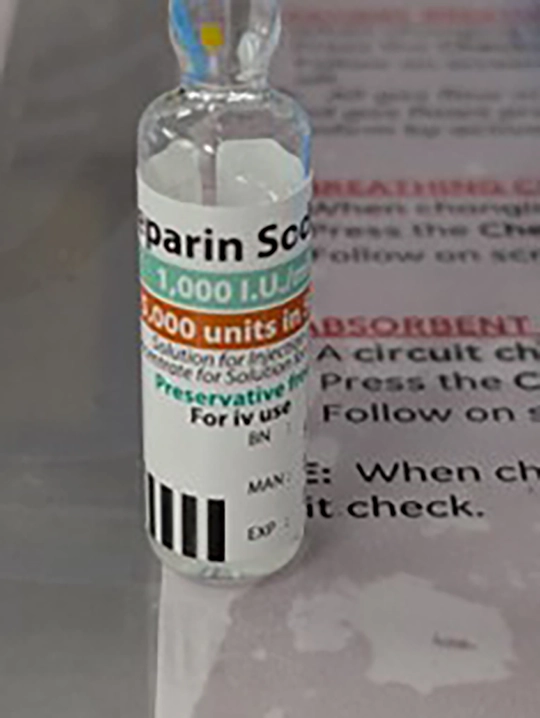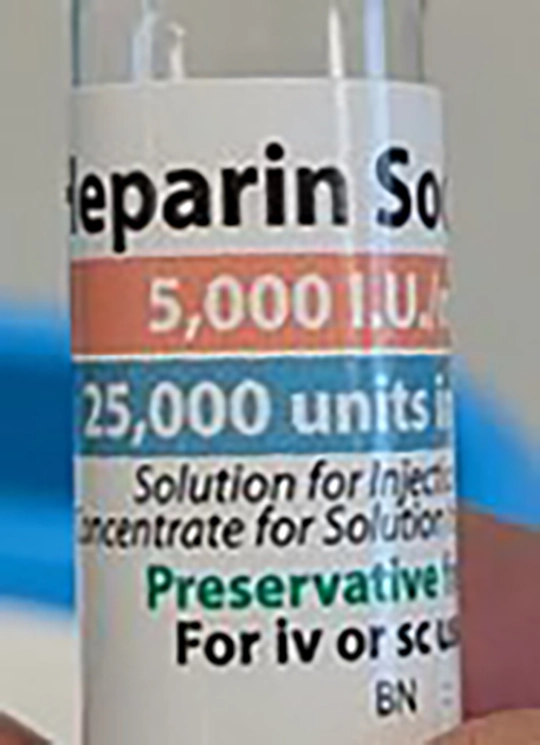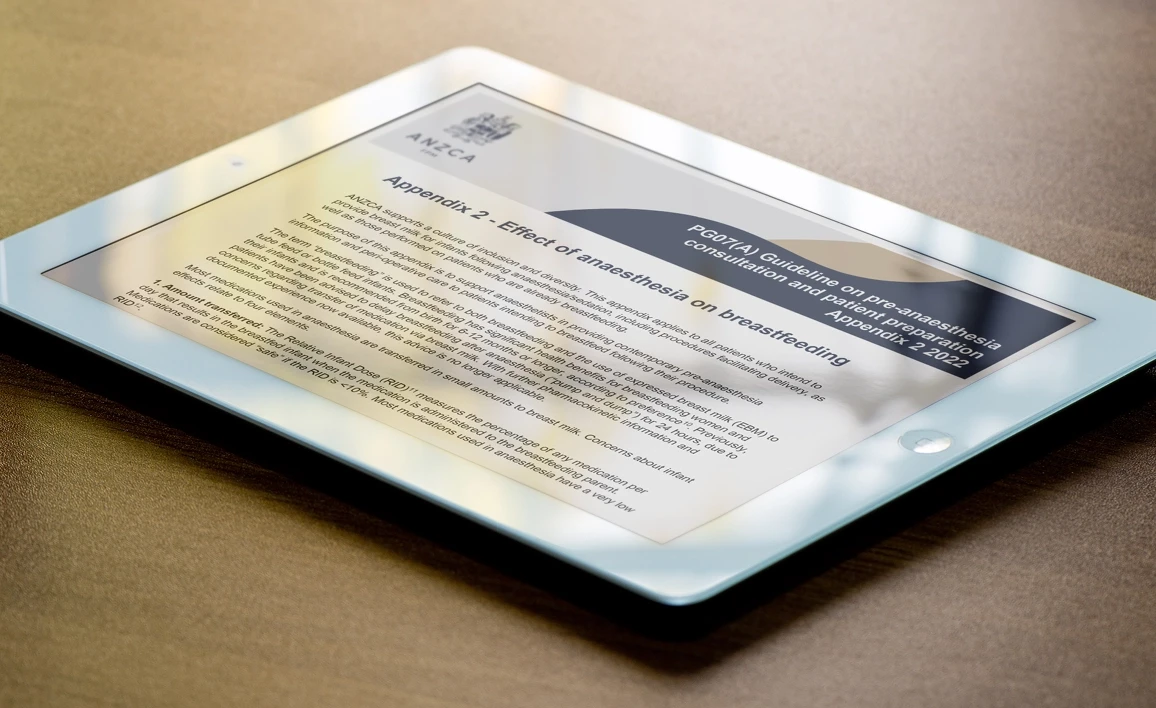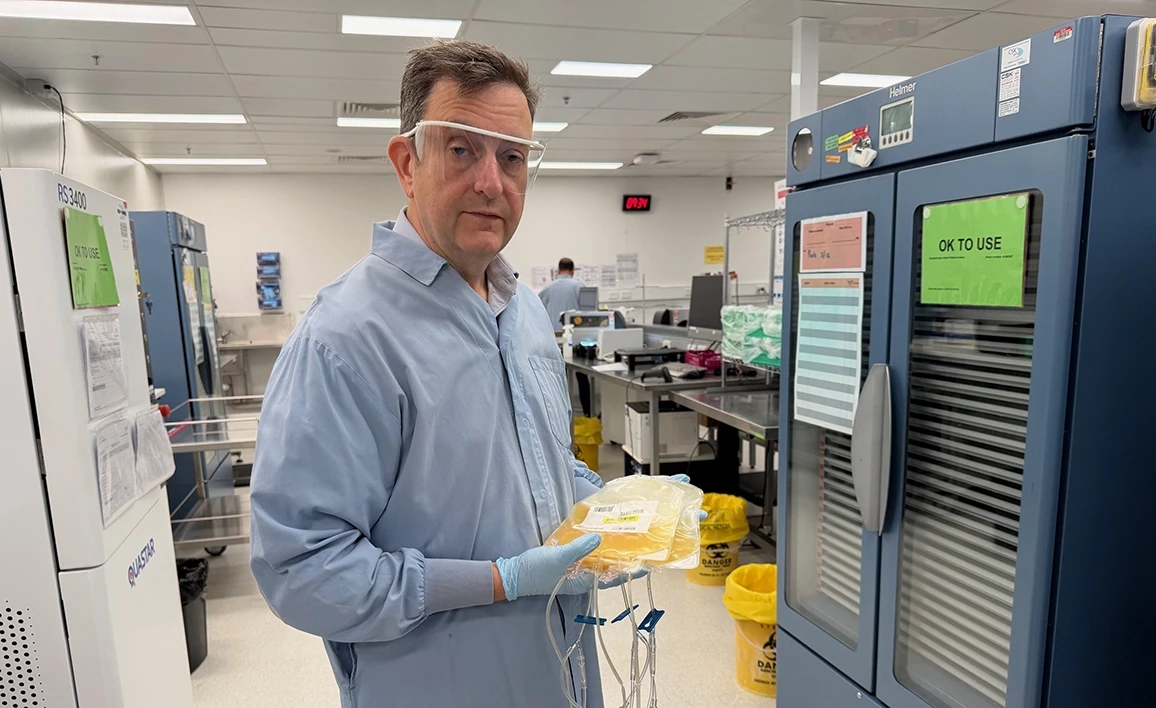Unfamiliar drug presentations and concentrations

Hospitals, grappling with drug supply disruptions, may encounter unfamiliar packaging and labeling, significantly heightening the risk of medication errors.
The challenges with national and global drug supplies have forced hospitals to source many drugs that are essential for anaesthesia and pain medicine from different suppliers. This may result in an unfamiliar ampoule or vial appearance and labelling or a familiar appearance with a different concentration. This risks either the wrong drug being given and/or the wrong dose. The TGA is aware of this, and local pharmacists have a responsibility to advise of changes. However, the potential for drug error is currently high and not likely to be resolved soon.
Heparin is one of several medications in short supply and the variations of concentration in look-alike products have been associated with both under and over-dosing in clinical practice. The examples in the pictures below are of two similar presentations of heparin with vastly different concentrations at 5,000 U/5mL and 25,000 U/5mL.
.webp?language=en)

Anaesthetists are in a relatively unique situation where we (necessarily) prescribe, dispense and administer potent medications as a single practitioner. This alert is to advise of a need for heightened awareness of this risk, and emphasise the importance of checking the drug name, concentration and volume / dose of medications used. ANZCA will continue to advocate for stability of drug supply with the relevant authorities.




